The vast Australian outback presents unique logistical challenges for the iconic trains that traverse its sunbaked plains. Nowhere is this more apparent than in the carefully calculated dance of provisioning dining cars on these marathon rail journeys. For passengers gazing out at the endless red horizon, the steaming plate of barramundi or perfectly seared steak before them represents a minor miracle of planning that begins weeks before departure.
Unlike urban restaurants that receive daily deliveries, outback train kitchens operate as self-contained ecosystems. The Indian Pacific – running from Sydney to Perth – carries enough provisions to serve over 800 meals before its next major resupply point. Executive chef Marion Greyson explains: "We're essentially a moving island. If we forget the vanilla extract in Adelaide, there won't be another chance until Kalgoorlie four days later." This isolation demands military-level precision in inventory management, with spreadsheets accounting for everything from the 200kg of butter to the 15 litres of native finger lime dressing required for a single crossing.
The tyranny of distance shapes every culinary decision. While coastal trains might feature delicate seafood, outbound kitchens prioritize ingredients that improve with time. "Tomatoes actually develop better flavour at room temperature over several days," notes Greyson. "We deliberately schedule tomato-based dishes for the later legs when their sweetness peaks." Similarly, dry-aged beef undergoes continued maturation in specially designed onboard coolers, transforming what might be considered a limitation into a culinary advantage.
Refrigeration presents an engineering marvel in itself. The Ghan's dining cars utilize a cascade cooling system with multiple fail-safes to protect perishables through 50°C temperature swings. "We maintain three separate cold chains," explains lead engineer David Wooramurra. "If one fails, the backup systems kick in before the food temperature fluctuates even one degree." This redundancy proves critical when crossing the Nullarbor, where outside help remains hours away at best.
Water conservation dictates menu planning more than one might expect. The Great Southern's kitchen staff calculates water usage down to the millilitre per dish. "Steaming vegetables uses 60% less water than boiling," says chef Oliver Yi. "We've redesigned classic recipes accordingly." Even the dishwashing system recycles rinse water through a sophisticated filtration system capable of making wastewater potable again – a necessity when the next water stop lies 478 kilometres down the track.
Indigenous ingredients have become a proud hallmark of outback train cuisine, offering both flavour and practical benefits. Wattleseed damper requires no refrigeration, while saltbush-marinated meats naturally resist spoilage. "These are preservation techniques honed over 60,000 years," says Bundjalung elder and culinary consultant Aunty May Tilbrook. "The trains are rediscovering what my people always knew about feeding multitudes in harsh country." Modern kitchens now incorporate these time-tested methods alongside high-tech solutions.
The supply chain resembles a carefully choreographed ballet. In Broken Hill, refrigerated trucks meet the train precisely during its 38-minute stop, transferring pre-portioned ingredients directly to the kitchen's cold storage. "We've got this down to a seven-minute operation," says logistics manager Gary Peterson. "One delayed truck in Port Augusta means rewriting menus for three days." Satellite tracking allows suppliers to adjust delivery routes in real-time based on the train's progress – crucial when dust storms or wildlife crossings cause unexpected delays.
Passenger numbers create another variable. While bookings provide advance notice, last-minute changes require flexibility. "We always carry 15% extra of non-perishables," says Greyson. "But for fresh items, we've developed 'convertible' recipes. A lamb ragù can become pies, pasta sauce, or stew depending on passenger counts." This culinary improvisation echoes the adaptability required of early outback settlers, albeit with considerably better ingredients.
Recent innovations include hydroponic microgreen gardens in unused baggage compartments and partnerships with remote cattle stations for mid-journey meat supplies. The Ghan now sources its saltbush lamb from stations visible from the train tracks, reducing food miles dramatically. "Seeing the actual paddocks where your dinner was raised adds profound connection to the landscape," observes culinary director Emma Wright. "It transforms the dining car into a moving showcase of Australian terroir."
As climate change intensifies, these systems face new challenges. Longer heatwaves require adjusted refrigeration settings, while increased bushfire activity demands alternative routes. Yet the trains adapt, just as they have for over a century. The dining cars rolling through the outback today represent not just a meal service, but a mobile testament to human ingenuity – one perfectly seared steak at a time.
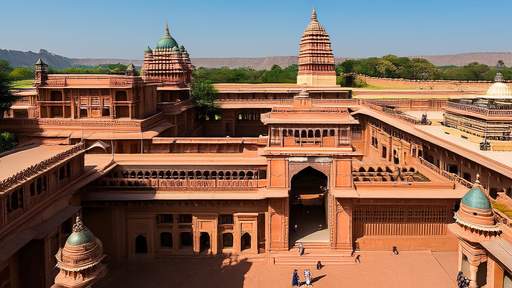
By /Jun 5, 2025

By /Jun 5, 2025

By /Jun 5, 2025
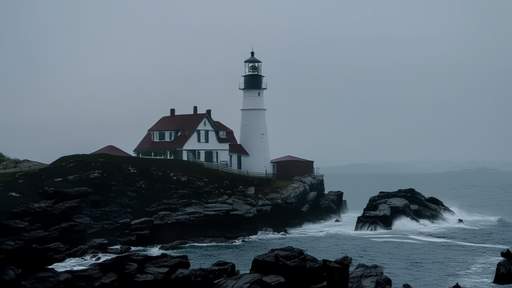
By /Jun 5, 2025
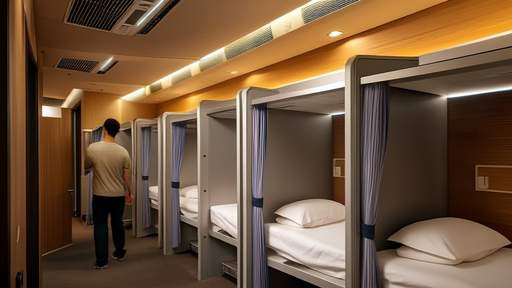
By /Jun 5, 2025
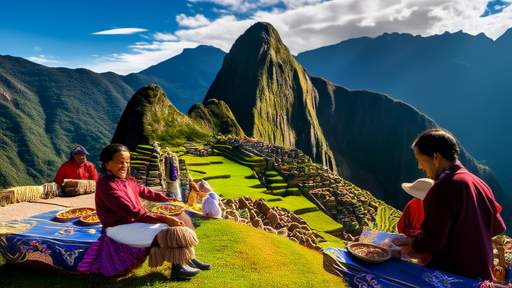
By /Jun 5, 2025
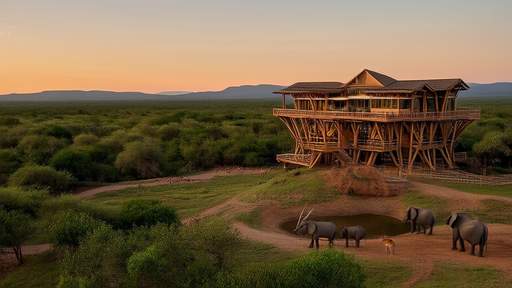
By /Jun 5, 2025
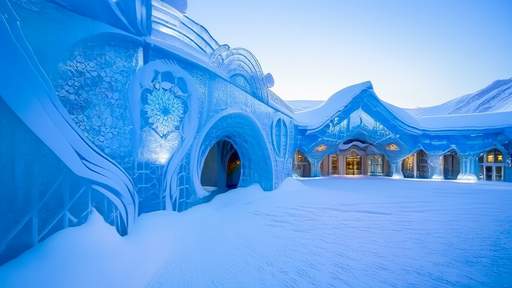
By /Jun 5, 2025

By /Jun 5, 2025

By /Jun 5, 2025
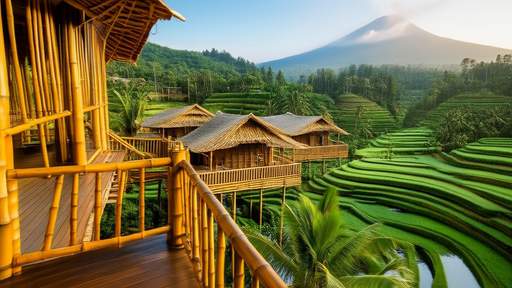
By /Jun 5, 2025
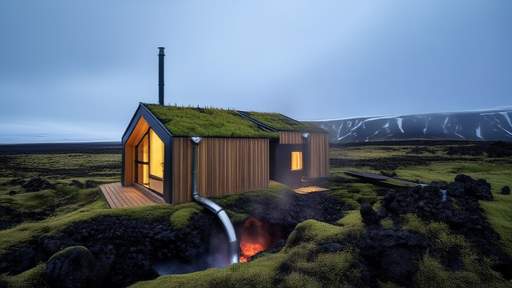
By /Jun 5, 2025
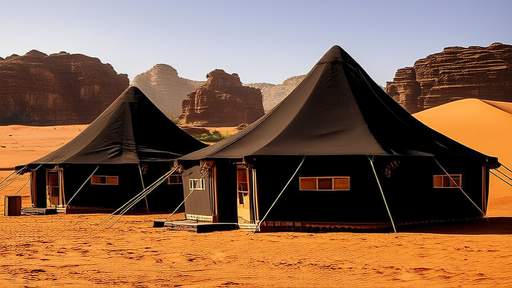
By /Jun 5, 2025
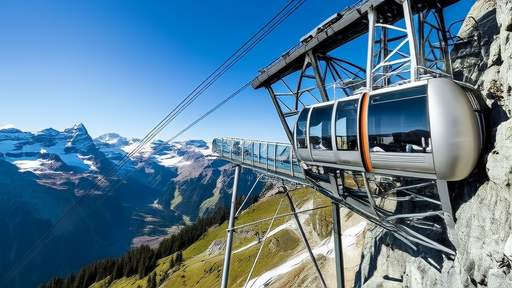
By /Jun 5, 2025

By /Jun 5, 2025
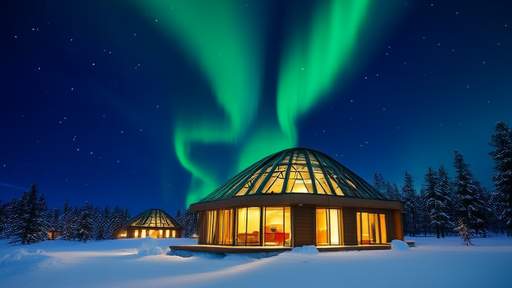
By /Jun 5, 2025
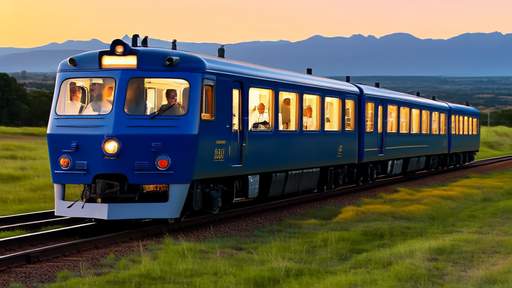
By /Jun 5, 2025
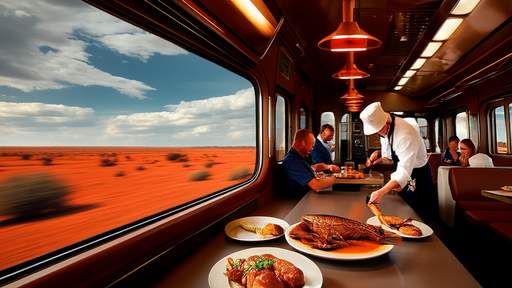
By /Jun 5, 2025

By /Jun 5, 2025
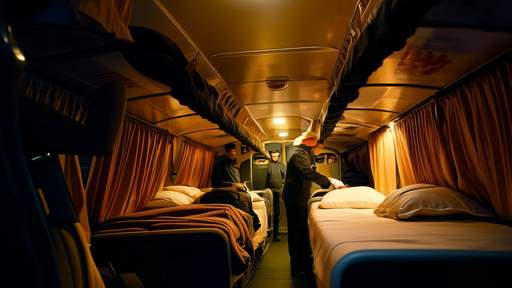
By /Jun 5, 2025